NASA and Lockheed Martin are continuing the assembly of the X-59 Quesst demonstrator, which aims to make supersonic flights over land possible.
In the past few years, a number of companies have announced plans to launch commercial aircraft that can fly faster than the speed of sound. But since the 1960s and 70s, most countries have forbidden operators to fly that fast over populated areas. A number of tests have indicated that such flights were both noticeable and unwelcome to the general public.
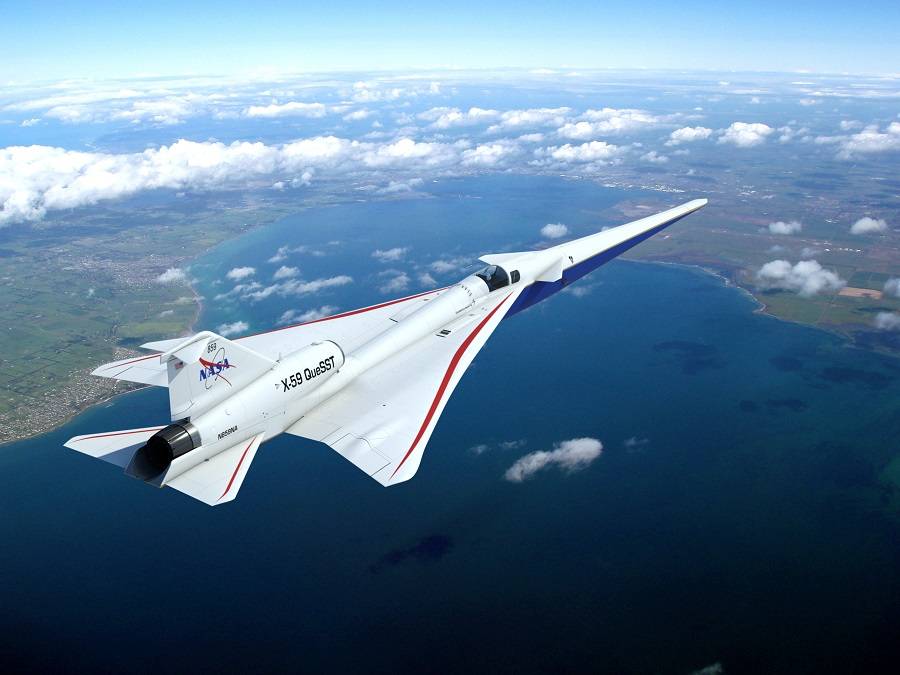
NASA plans to revisit the idea with the purpose-built X-59. But this time, the program isn’t simply a research project. NASA’s goal is to generate data that will allow the FAA and other aviation authorities to allow commercial supersonic flights. NASA currently calls this program QUESST, for Quiet SuperSonic Transport. Previously, its name was the Low-Boom Flight Demonstration.
NASA and Lockheed are progressing with the assembly of the X-59 quite nicely. Engineers first fitted the aircraft with its engine last November. This is a General Electric F414-GE-100, a variant of the engine that normally powers fighters like the F/A-18 Super Hornet and the Saab Gripen E.
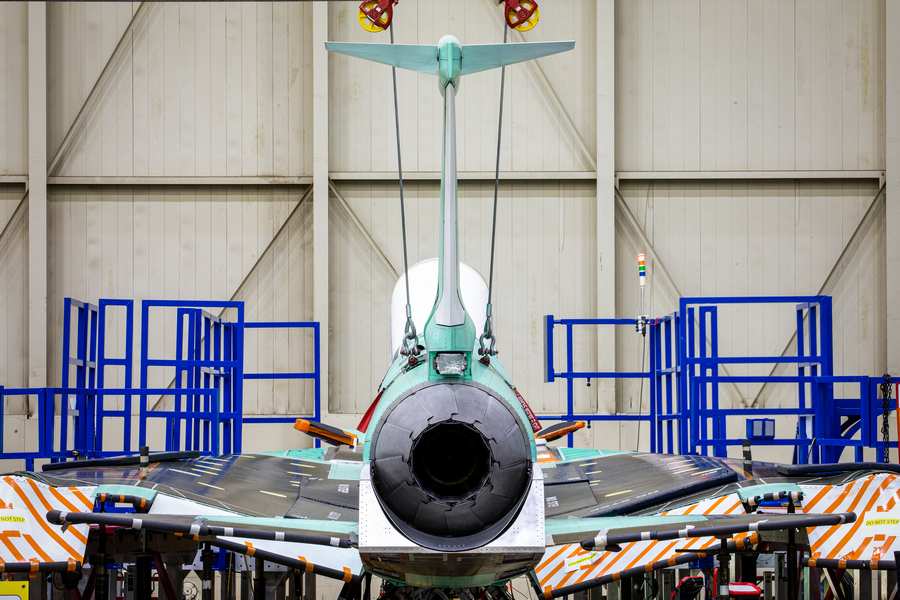
Recent Progress and Other Work
The X-59’s engine variant has a slightly different set of subsystems than those on the F/A-18, to make it suitable for a single-engine installation. In that respect, the X-59’s engine is closer to the GE F414 variant that the Swedish Gripen E uses. However, the engine has different mounts for its attachment to the fuselage. GE has built two such engines for the NASA X-59.
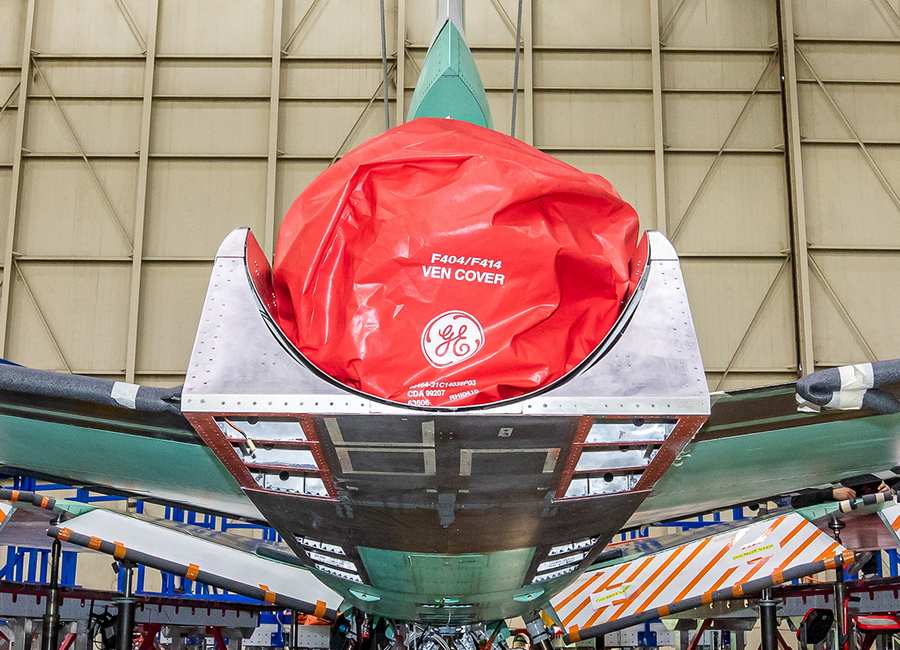
The latest news from the NASA X-59 is that it now has a full tail section or empennage. The aircraft already had its vertical stabilizer and rudder but was missing its stabilators. These surfaces are a combination of horizontal stabilizers and elevators, that supersonic aircraft typically need. The X-59’s empennage also has a section that shields the engine’s exhaust, to help reduce its audio signature further. The engine’s intake is above the fuselage, for the same reason.
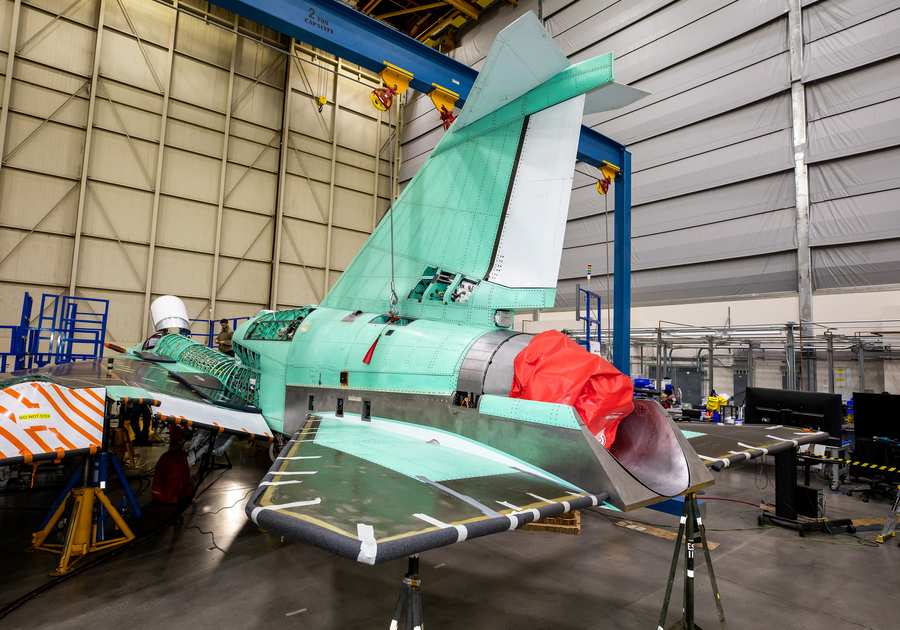
Beyond the assembly of the X-59 itself, NASA has been doing a lot of other work in the background, to prepare for its test flights. The agency is working to improve its existing techniques for analyzing sonic booms. These improvements include getting and testing better cameras for Schlieren photography, to allow it to capture sonic booms visually.
NASA has been using other test aircraft, to refine its cameras and rehearse the flight tests that it expects to do with the X-59. But ultimately, no amount of beautiful Schlieren imagery will be as good as the definitive test: people.
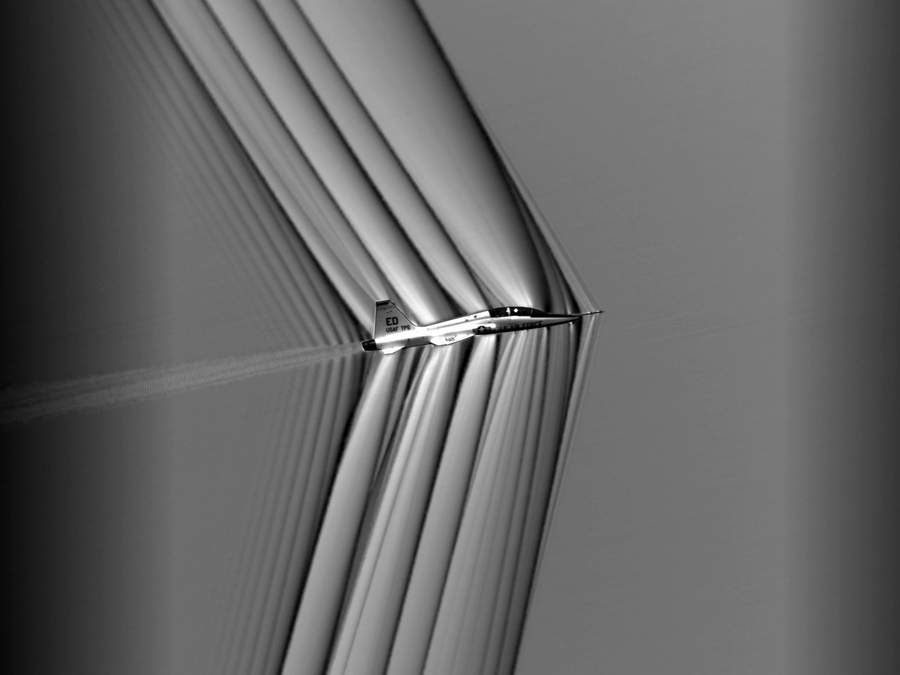
NASA X-59 – Phases of Testing
NASA will fly its test aircraft over American cities, to gauge people’s reactions. In a boisterous city, the expectation is that most people won’t notice the noise at all. But this depends on parameters like altitude. NASA will fly the X-59 as high as 60,000 feet, if everything goes to plan.
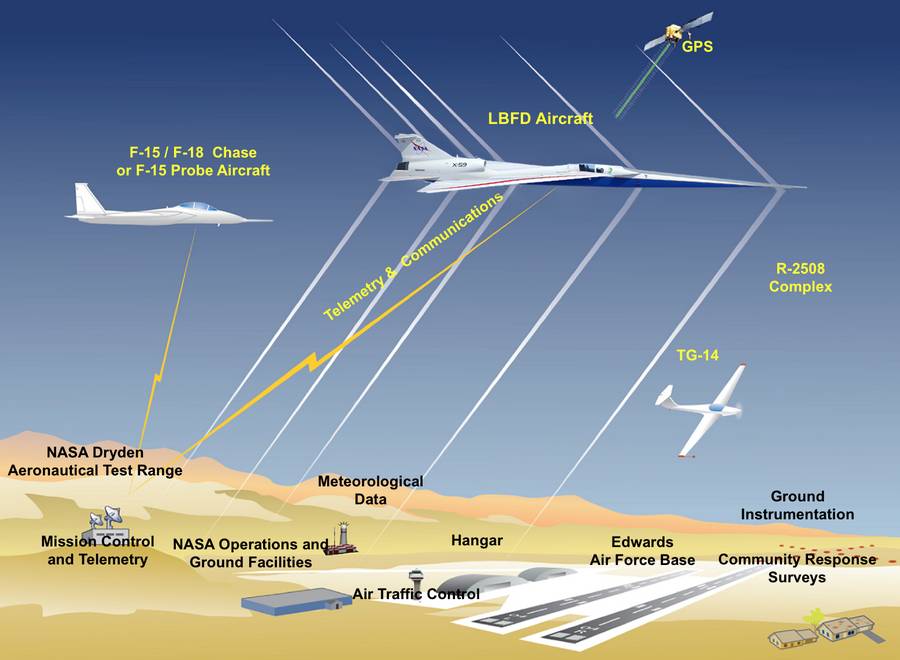
The X-59’s rollout and first taxi tests of the aircraft should happen later this year. Its first flight might take place in 2023 as well. But NASA’s flight test program, including supersonic flights, won’t start until next year. This is when NASA’s validation of the aircraft’s acoustic signature will take place. Then in 2025 and 2026, NASA will start flying the jet over American cities.
Some companies with supersonic aircraft projects, like Boom Supersonic, don’t necessarily need their airliner to fly over populated areas. But even these jets will need to make their aircraft compliant with FAA regulations for supersonic commercial flights. With the X-59, NASA should be able to deliver the information that the FAA needs to formulate these regulations. Whether this will actually lead to supersonic airliners that we can all fly in, remains to be seen.



